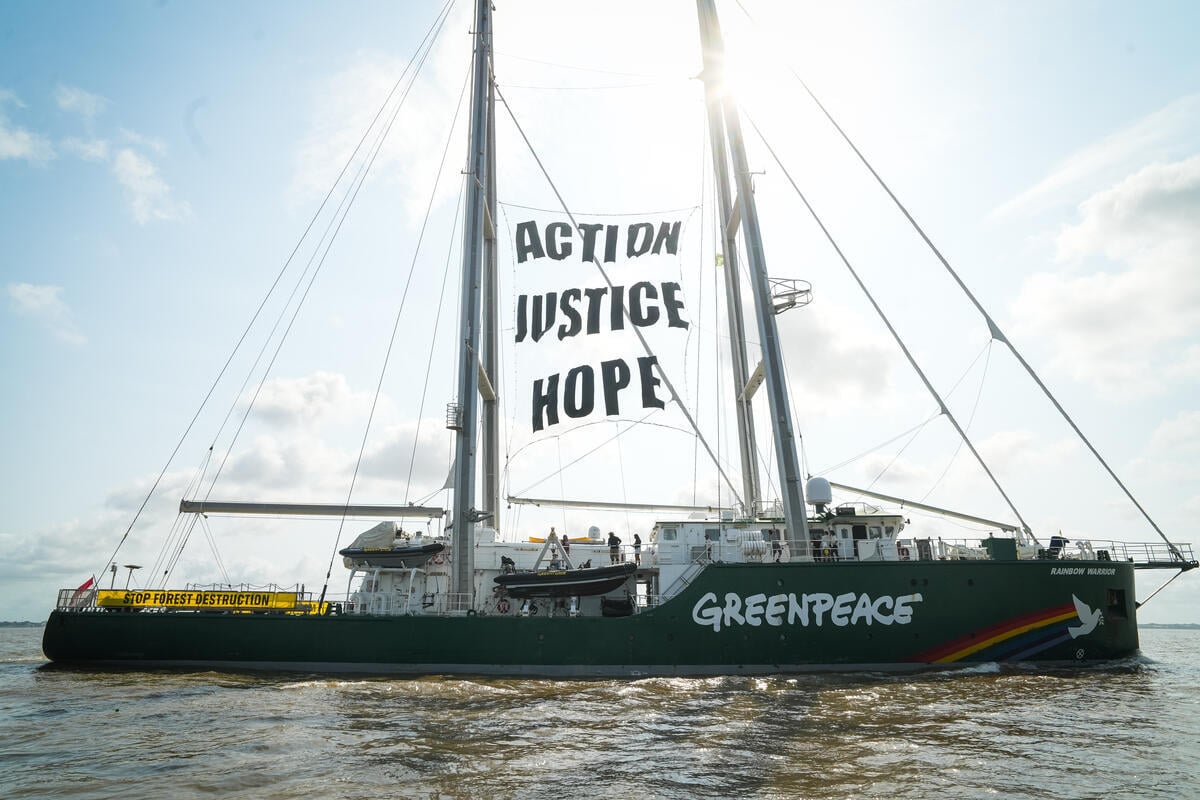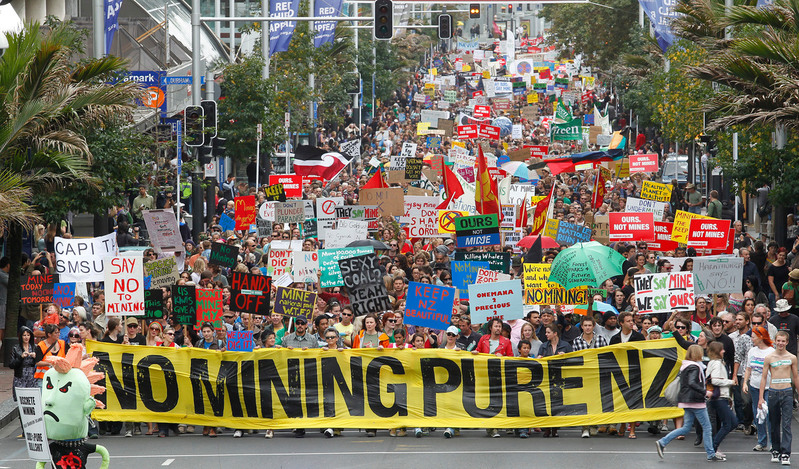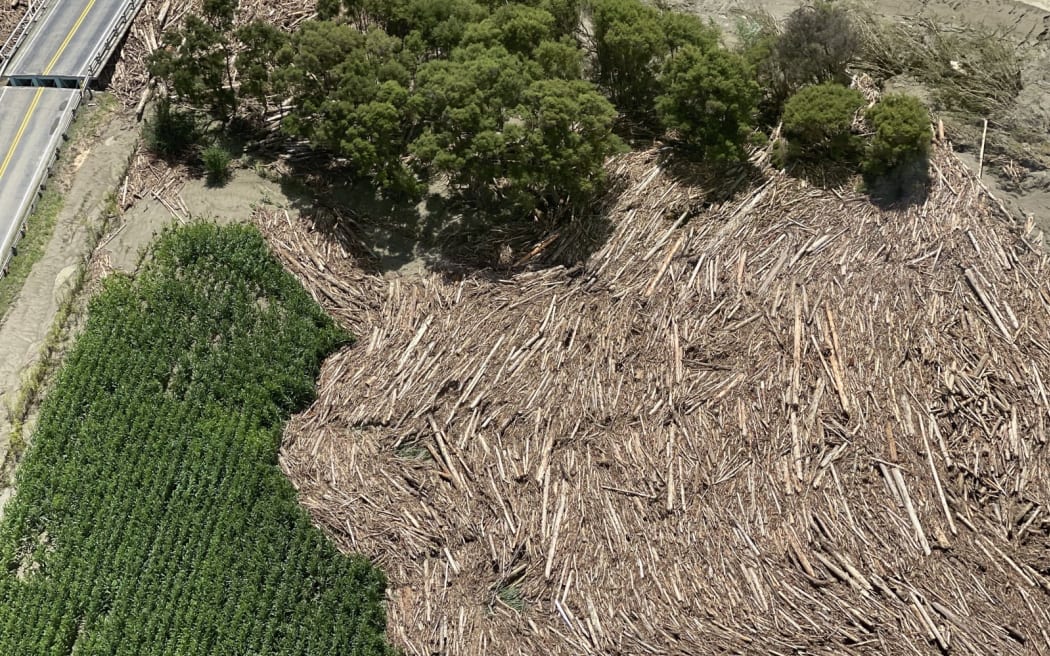The twin crises in climate and biodiversity are often treated as separate events, occurring in parallel. But in reality, the two are feeding into one another, and we simply cannot solve the crisis in climate without also tackling biodiversity loss.
For the oceans, one of the biggest drivers of biodiversity loss is industrial-scale fishing. Fish stocks and ocean ecosystems are in decline in many parts of the world because of overfishing and destructive techniques. Inappropriate management of the oceans is widespread, and as the latest Intergovernmental Panel on Climate Change report outlined, the oceans are now in serious trouble.
PETITION: SAVE THE HAURAKI GULF – BAN BOTTOM TRAWLING
Read more about the Oceans and Climate report from the IPCC.
When we talk about commercial fishing, we often talk about stocks and catch size; we talk about how many fish there are for us to take and put on plates. We talk about fish in the way that they can benefit humans in the most profitable and short-term way. But what’s often absent from this discussion is the knowledge that having oceans full of life has widespread benefits to humanity. That fish could benefit us a lot more alive, than dead.
The ocean is a complex ecosystem, with a chain of interactions between different species. Every link in the chain is important to support abundance in the ocean, from the slow-growing corals and sponges that provide a safe haven for fish species to feed, breed and grow, to the phytoplankton that absorbs carbon, and underpins the food web. When the oceans are bountiful, they’re able to continue their vital yet often unacknowledged role as chief climate regulator. But when they’re emptied, that ability wanes.
We can increase ocean resilience to climate change and other factors by ending overfishing and destructive fishing techniques, and in doing so we can also mitigate climate change. The ocean is one of our greatest allies against climate breakdown, but so often, it’s forgotten.
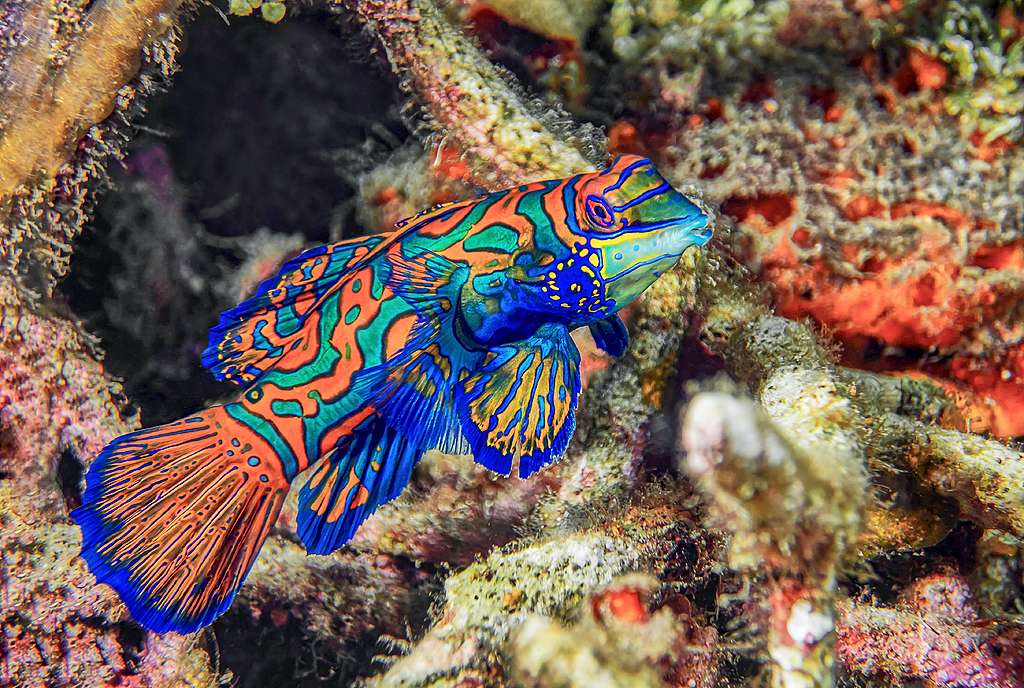
Protected habitats mean more fish in the sea
It isn’t just the number of fish we’re taking out of the sea that’s problematic, it’s also the way we’re doing it.
In New Zealand and other parts of the world, bottom trawl fishing is used to capture the maximum number of fish in the shortest amount of time. But the method is hugely destructive. By using weighted nets on steel skids, bottom trawl nets essentially ‘bulldoze’ anything in the way. Over a one year period between 2017/2018, the commercial bottom trawling industry in New Zealand destroyed 3,000 tonnes of corals.
Ecosystems like seamounts (targeted by bottom trawl fishing for their abundance) are often deep and slow-growing, some taking hundreds of years to form. If these ancient corals are bulldozed, ripped up and shredded, the entire communities of fish and other creatures that rely on them also disappear. It’s like a bomb going off in a residential district. With all but rubble left, the inhabitants are displaced.
And it’s not a quick fix to revive these ecosystems. You can’t fast forward to a century-old coral forest. But as New Zealand continues to increase its bottom trawl footprint year on year (between 2012/13 and 2017/18, 841.4 km2 of virgin sea floor was trawled for the first time – that’s 84,140 rugby pitches) the spaces for marine life to thrive shrinks further.
If we protect these vulnerable habitats – seamounts and similar ocean features – fish stocks will benefit. And that would mean the climate will benefit too.
Read more: What is bottom trawling and why is it bad for the environment.
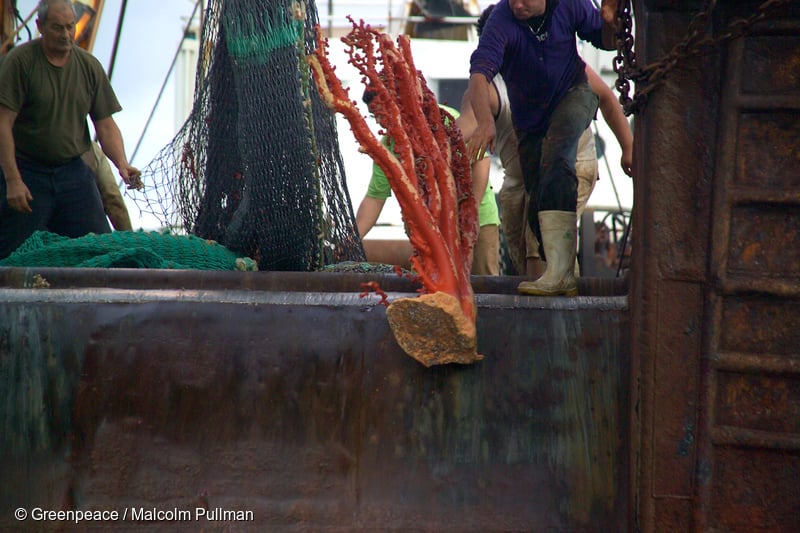
More fish in the sea, less climate change
Having more fish and other marine life in the sea, means more carbon sequestration – a vital process that locks carbon emissions away. It’s estimated that the oceans contain about 38,000 gigatonnes of carbon, and this is by far the largest reservoir of carbon on Earth. The rainforests, vital as they may be, ain’t got nothing on the deep sea.
Diverse and full oceans help mitigate climate change because the life in them allows for the capture and storage of carbon that would otherwise contribute to climate change in the atmosphere. The oceans are thought to have been the only net sink of human CO2 emissions in the last 200 years. If life on land has been the net emitter – life in the oceans has been doing the hard yards to keep us from overheating sooner.
Getting back in the black
The way we currently fish means we’re essentially in ‘ecological debt.’ We’re taking too much out of the ocean, getting deep into our overdraft, and we’re going to pay for it in future. But as with financial debt, the deeper we get into the hole, the harder it’s going to be to climb out of it, and in some cases, the damage will be irrevocable.
We need to increase fish biomass in the ocean to get ‘back in the black’ and that is going to mean some hard calls on where, how, and how much fish we take commercially.
Focussing on solutions
We can build ocean resilience and mitigate climate change, if we increase protection from industrial-scale fishing.
To do this, we need a network of ocean sanctuaries, sometimes referred to as ‘marine protected areas.’ If we set vulnerable ocean ecosystems, and other parts of the ocean off-limits to commercial fishing, these areas could recover and thrive again. Marine protected areas have been shown to have benefits across the board. Improved fish populations not only benefit the rest of the marine web, but fishers in nearby regions too, as the thriving marine sanctuaries overspill into areas that can be fished.
At Greenpeace, we are solutions focussed. We’re campaigning for a UN Global Ocean Treaty with the power to implement a network of ocean sanctuaries across the world. It is essential that as a progressive and green nation, New Zealand gets behind the strongest version of this global agreement. We must think long-term about protecting the oceans and refuse to pander to a powerful fishing industry that is only thinking about short term gains. In the end, they too will benefit from better-protected oceans. Join the campaign here.
We’re also campaigning to see bottom trawling banned on seamounts. As you’ll have noted from above, seamounts are vulnerable ecosystems that help support fish communities. But if we wipe out the coral and sponges on those seamounts, the communities will collapse. Long-term thinking means we need ecosystem-based management of fisheries, which focuses on how the fishing is done as well as how many fish are being taken out of the sea. Join the campaign here.
Read more: All the times the NZ Govt watered-down ocean protection.


